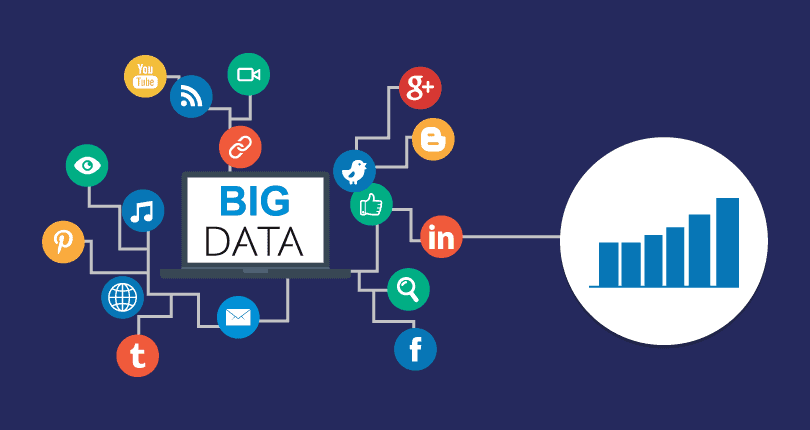Large companies have been using a data-based approach for a long time. This allows them to manage risks, improve products and attract new audiences. Research based on Big Data lets you get an objective assessment of the company’s position in the market, customer needs, and the effectiveness of various promotion methods. Data owners make such analytics available to medium and small businesses.
Working with big data requires the special infrastructure and competencies that individual players in the market have.
The Audience Under The Microscope
Big Data allows you to create a portrait of the audience and segment it.
A detailed Big Data analytics of the audience let us:
- refine the product to meet customer needs;
- formulate a value for each segment of the audience;
- save your budget by refusing to promote to an audience that is not interested in the product.

The analysis can also be aimed at solving a specific task: for example, finding customers who are inclined to refuse to interact with the company. The service allows you to highlight the general characteristics of this audience, the most likely reasons for the decline in interest in the product, and take measures to retain customers.
Big data also allows you to see the real impact of marketing on business. For instance, they make it possible to evaluate the effectiveness of an advertising campaign or specific advertising formats not only by the usual conversion indicator. This is possible due to the comparison of fiscal data with advertising platform data and InData Labs Big Data analytics. As a result, the business sees a direct correlation between marketing activities and sales growth.
Customer Segmentation
Segmentation is a tool for improving the efficiency of working with clients by dividing them into different groups according to their needs. Segmentation helps to understand which offer to approach each person in order to increase sales.
You can segment by different criteria, for example:
- the volume of purchases — retail buyer, wholesale or small wholesale;
- repeat purchases are already existing customers who have made a purchase more than oncу;
- geolocation is a division into countries, cities, and districts to understand where it is more profitable to run ads.
Why Is Segmentation a Top-notch Way to Make Your Business Succeed?
- It describes the requests and problems of consumers. It’s a piece of cake to sell if you know what customers care about and how to help them.
- Increase loyalty. Customers will appreciate the care and attention from the company. The data collected about customers will help personalize the offer.
- Reduce the marketing budget. This is especially important if you have enabled the payment of advertising for clicks. Non-targeted or already purchased customers can link the budget by going from advertising to the site.
The business impact of doing this is even more crucial, and effective customer segmentation will help you to increase customer lifetime value. This means they will stay longer, and spend more.
How Big Data Leads Customers and Generates Profit
Analytics allows you to reorient your business to a data-based approach and thereby attract new customers, reduce costs, minimize risks and effectively allocate the budget for promotion.
Banks use data to improve the quality of customer service and optimize costs. But the main task of Big Data in banks is risk management and the fight against fraud. For example, analysis of data on a large number of clients reveals that people of a certain age or profession are more likely to face the problem of late payments. In data analysis, banks often team up with other companies to determine more accurate research results based on a broader database of the latter.

Why Are Marketers Interested In Big Data
Marketers actively use Big Data to evaluate the effectiveness of campaigns. Targeting created on the basis of Big Data and the audience chosen for it increased the number of clicks on the company’s website.
One of the key benefits of customer segmentation analysis is revealing which of your segments produces the greatest return for your marketing efforts. By focusing your energy on your most successful segments, sales teams can increase their reach, generate more revenue and convert more leads.
To Draw The Line
Big data can share valuable information about what products consumers want to buy and when they want to buy them. In addition, by collecting product reviews and personal user reviews. Brands can launch a new product line or better adapt existing products to their customers’ requirements.
Big data allows marketers to make predictions about the success of future campaigns based on their past experiences. Moreover, computers can predict customers’ upcoming choices because they often choose similar products.